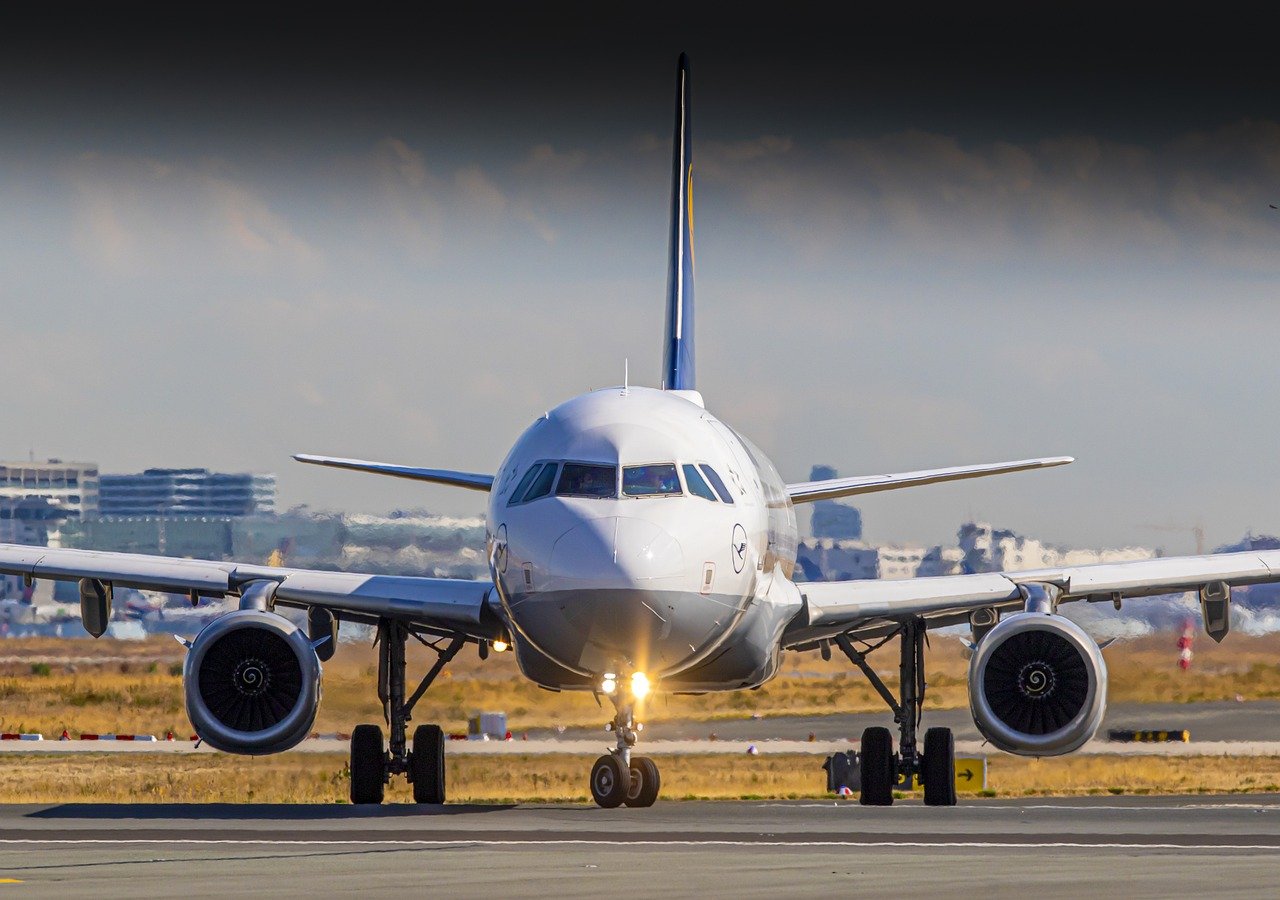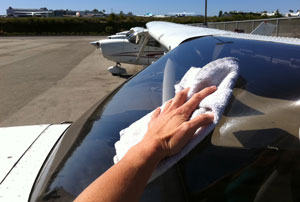
Aircraft must be kept clean for safety, aesthetics, and comfort for the passengers. Aircraft cleaning services guarantee that every inch of it will be spick and span to ensure performance and the general lifespan of the plane. Knowing the best practices in this industry can eventually result in superiority. Here are the essential practices to consider regarding aircraft cleaning services.
Investing in quality cleaning services
Importance of Regular Cleaning
Aviation cleaning is not just for appearance; dirt, grease, and buildup can degrade an aircraft’s performance, causing rust and mechanical breakdowns. The aircraft also becomes passenger-friendly so that the flight experience is comfortable, making it more pleasurable and enjoyable. It also serves as a means of meeting the safety requirements of commercial airlines.
Use of Specialized Cleaning Products
The right cleaning products are essential. Aircraft surfaces can be cleaned with specific cleaners for materials such as paint, plastics, and metals. Harsh chemicals may ruin these surfaces or the aircraft itself. When choosing cleaning products, aircraft cleaning companies consider the options specifically designed for aviation applications. These will remove contaminants without causing damage.
Training and Certification of Staff
The effectiveness of any aircraft cleaning service depends on its workforce’s skills. Thus, cleaning personnel must undergo a proper training and certification process to understand the intricacies of an aircraft cleaning system. This includes the difference between various aircraft materials and cleaning products and the need for follow-up on safety protocols. The investment made into training staff improves the quality of cleaning and reduces the chances of accidents.
Following a Comprehensive Cleaning Checklist
Developing a list of cleaning items is a way to maintain uniformity and completeness. A clean list should prevent spots from going unnoticed during cleaning or aircraft ceramic coating. This list should include:

Exterior Cleaning
- Fuselage and Wings: Start by using a high-pressure wash on the fuselage. This ensures that superficial dirt, insect deposits, or other contaminants affecting its aerodynamic efficiency can be removed.
- Windows and Canopy: The windows are cleaned using a non-abrasive cleaning solution to prevent scratching. For safety and aesthetic reasons, vision must be crystal clear. All window seals are sealed well, as this is the only way to avoid leaks and loss of insulation.
- Landing Gear: Dirt and grime on landing gear must be washed off, and any signs of damage or wear that may need further investigation should be noted.
Interior Cleaning
Cockpit The cockpit requires the utmost attention since it forms the nerve center of the airplane. Specific cleaners are explicitly designed for cockpit instruments and displays with aircraft paint protection.
- Passenger Cabin: To remove dirt and allergens, clean and sanitize all carpets and upholstery. Then, clean and sanitize armrests, tray tables, and seat pockets, disinfecting high-touch areas.
- Toilets: These rooms require strict hygiene and sanitation. All surfaces must be disinfected with antibacterial cleaning agents, including toilets, sinks, and the toilet room walls.
Implementing Eco-Friendly Practices
Growing ecological awareness has transformed ecologically friendly cleaning practices into a byword for increasing awareness of environmental impacts within the aviation industry. Many cleaning services have started using biodegradable cleaning agents, and they are saving water in cleaning processes. Most of these implementations happen not only to reduce environmental footprint but also appeal to environmentally conscious customers with aircraft interior cleaning.
Scheduling Cleanings Wisely
Of course, timing is everything in aircraft cleaning. If the aircraft is cleaned regularly, dirt will not build up and will be in prime condition. More thorough cleanings should be done, and routine cleanings should be scheduled according to the flight schedule. The software can track and schedule cleaning assignments to increase efficiency and organization.
Prioritizing Safety Protocols
In safety aspects, aircraft carpet cleaning should never be compromised. The ones handling the aircraft need to observe tight safety procedures to protect themselves and the aircraft. Safety gear, proper lifting techniques, and knowing what hazards are inside and outside the aircraft are strictly implemented. Safety training regularly reminds these people of these safety measures and reduces the chances of accidents.
Utilizing Technology
Modern technologies can enhance aircraft cleaning services. For example, specialized equipment, such as high-pressure washers and vacuum systems, in combination with steam cleaners, allows for much more efficient cleaning. Even drones can inspect hard-to-reach places so that the airplane’s exterior looks its best. Adequate investment in modern technology will open the door to better cleaning and save more time for every job done.
Regular Audits and Quality Control
Regular audits maintain high standards in aircraft cleaning. Quality control measures ensure that the tasks provided for cleaning meet established guidelines and safety regulations. Frequently evaluating cleaned aircraft can detect flaws and areas needing improvement, providing valuable feedback to staff. Quality control can build client confidence and enhance the cleaning service’s reputation.
Conclusion
The aircraft cleaning services are a foremost function that should be handled strictly in compliance with safety, efficiency, and customer satisfaction best practices. In essence, cleaning services can optimize their operations by focusing on the regular cleanliness of aircraft, specialized cleaning products, trained staff, eco-friendly practices, and advancement in technological instruments. The most important by-product of such best practices is that the longevity of the aircraft and its performance can be improved, besides adding to the safety and enjoyment of passengers.
